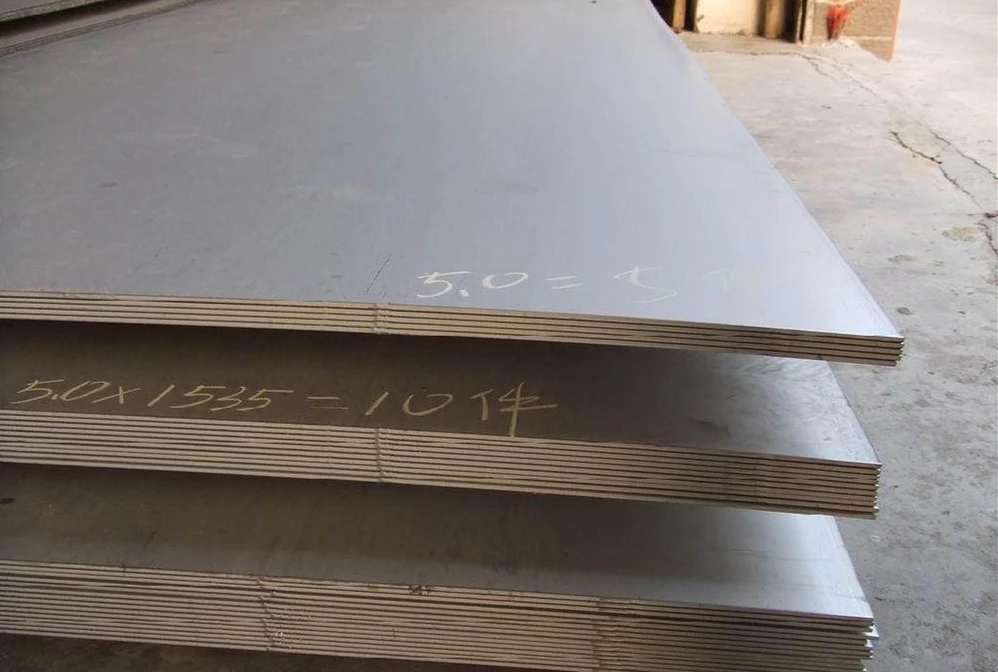A Simple Introduction of Thicknesses of Steel Plates
Plate is one of the four major kinds of steel products (plate, tube, extrudate, wire). In developed countries, steel plate production accounts for more than 50% of total steel production. With the development of China's national economy, steel production is gradually increasing.
The steel plate is a kind of flat steel with width-thickness ratio and big surface area, which can be divided into the thin plate and thick plate according to thickness.
A thin steel plate is made by hot roll or cold drawn with thickness of 0.2mm to 4mm and width between 500mm to 1400mm. Thin steel plates are made from different billets based on its their applications, and usually made from plain carbon steel, excellent carbon steel, structural alloy steel, carbon tool steel, stainless steel, spring steel and electrical silicon steel, etc. They are mainly used in automotive, aviation, enamel, electrical, and engineering industries, etc. A thin steel plate should have pickling, galvanizing and tinning treatments after rolling but before delivery.
A thick steel plate has thickness over 4mm. In practice, we often refer steel plates whose thicknesses are less than 20mm as medium plates; steel plates with thickness between 20mm and 60mm as thick plates; steel plates made by heavy plate mills with thickness over 60mm as thick steel plates. And the width of thick plates ranges from 0.6mm to 3.0mm. Thick plates are classified into ship steel plates, bridge steel plates, boiler steel plates, pressure vessel steel plates, checkered steel plates, automobile leaf-spring, armoured plates and cladding steel sheets.
The steel strip is another branch of steel plates. Steel strips are actually very long thin plates with small width, which are also known as strip steels and are often supplied in rolls.

The steel plate is a kind of flat steel with width-thickness ratio and big surface area, which can be divided into the thin plate and thick plate according to thickness.
A thin steel plate is made by hot roll or cold drawn with thickness of 0.2mm to 4mm and width between 500mm to 1400mm. Thin steel plates are made from different billets based on its their applications, and usually made from plain carbon steel, excellent carbon steel, structural alloy steel, carbon tool steel, stainless steel, spring steel and electrical silicon steel, etc. They are mainly used in automotive, aviation, enamel, electrical, and engineering industries, etc. A thin steel plate should have pickling, galvanizing and tinning treatments after rolling but before delivery.
A thick steel plate has thickness over 4mm. In practice, we often refer steel plates whose thicknesses are less than 20mm as medium plates; steel plates with thickness between 20mm and 60mm as thick plates; steel plates made by heavy plate mills with thickness over 60mm as thick steel plates. And the width of thick plates ranges from 0.6mm to 3.0mm. Thick plates are classified into ship steel plates, bridge steel plates, boiler steel plates, pressure vessel steel plates, checkered steel plates, automobile leaf-spring, armoured plates and cladding steel sheets.
The steel strip is another branch of steel plates. Steel strips are actually very long thin plates with small width, which are also known as strip steels and are often supplied in rolls.

